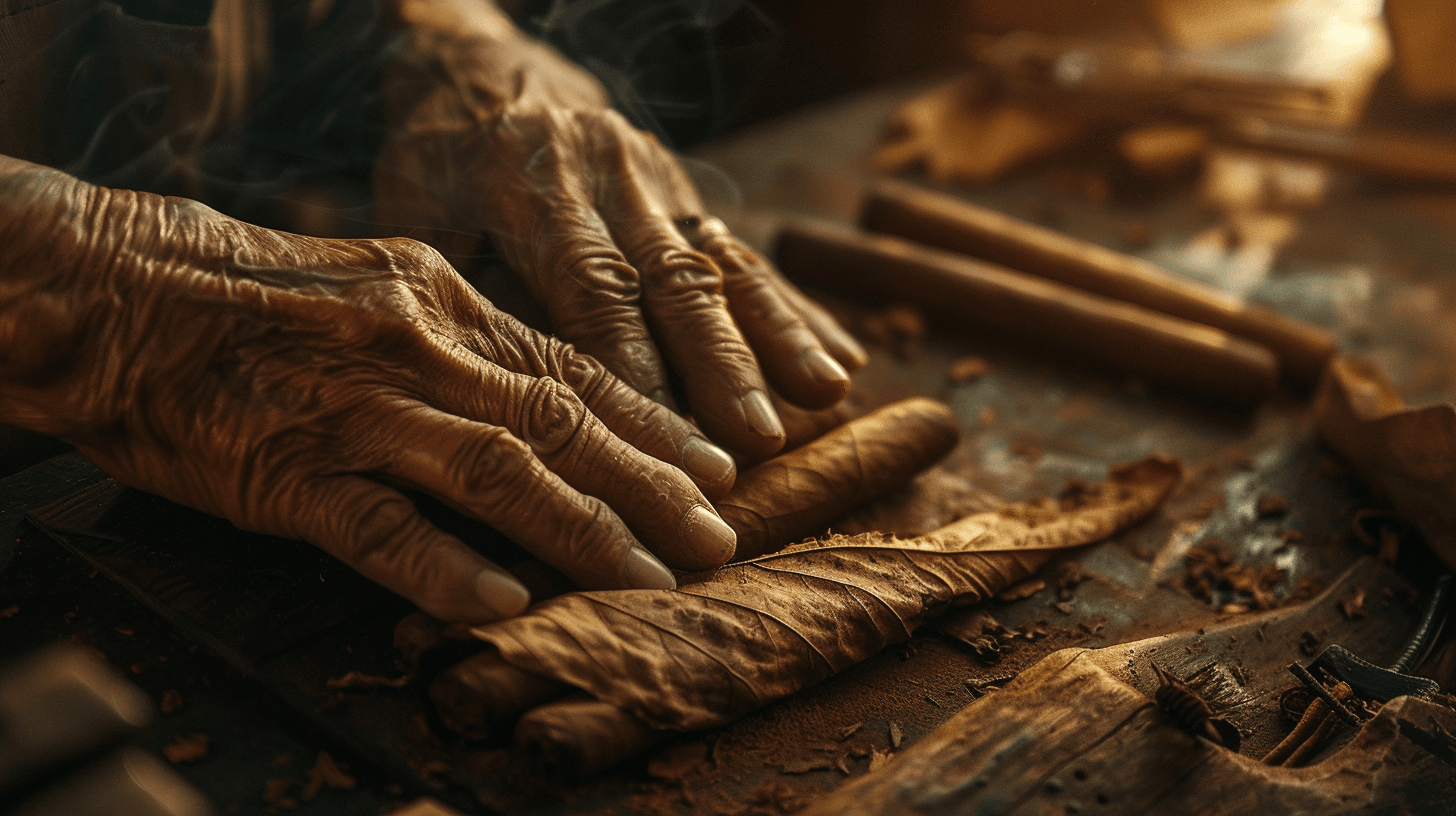The world of premium cigars represents one of the most sophisticated expressions of luxury craftsmanship, where centuries-old traditions merge with contemporary connoisseurship to create objects of profound cultural significance. Unlike mass-produced tobacco products, luxury cigars embody a philosophy of patience, artistry, and ritualistic appreciation that transforms smoking from mere consumption into a ceremonial experience. The finest cigar brands have mastered the art of weaving heritage, terroir, and exclusivity into compelling narratives that resonate with affluent consumers who view these handcrafted treasures as investments in both pleasure and prestige.
The premium cigar industry’s storytelling approach centers on three fundamental pillars: ancestral heritage dating back to pre-Columbian civilizations, exceptional craftsmanship that elevates tobacco cultivation to an art form, and the cultural significance of cigar rituals in marking life’s most important moments. These brands don’t simply sell tobacco products; they offer entry into an exclusive world of refined appreciation, where the act of smoking becomes a meditation on tradition, quality, and the finer aspects of human experience.
This strategic narrative has helped premium cigar brands maintain their position as leaders in the luxury market while attracting new demographics without compromising their prestigious image. The industry’s approach to brand storytelling demonstrates how traditional craftsmanship can be elevated to luxury status through careful cultivation of heritage, authenticity, and cultural significance.
Table of Contents
Heritage Foundation and Cultural Legacy
The foundation of luxury cigar branding rests upon deep historical narratives that connect contemporary consumers to centuries of tradition and cultural significance. Premium cigar brands leverage this heritage to create aspirational value that transcends mere product consumption, establishing emotional connections that justify premium pricing through historical authenticity and cultural gravitas.
Pre-Columbian Origins and Spanish Colonial Heritage
The story of premium cigars begins with the indigenous peoples of the Caribbean and Central America, who cultivated and smoked tobacco in ceremonial contexts thousands of years before European contact. This ancient heritage provides luxury cigar brands with a narrative foundation that emphasizes the sacred and ritualistic aspects of tobacco consumption, elevating the act of smoking from mundane habit to spiritual practice.
Spanish colonization of the Americas transformed tobacco cultivation from indigenous ritual to commercial enterprise, establishing the foundation for Cuba’s legendary cigar industry. The Spanish introduced European agricultural techniques while preserving indigenous knowledge, creating a hybrid cultivation system that produced tobacco of unprecedented quality and complexity. This colonial period established the geographic and cultural foundations that continue to define premium cigar production today.
The establishment of tobacco plantations in the Vuelta Abajo region of Cuba during the 16th century marked the beginning of what would become the world’s most prestigious cigar-producing area. The unique combination of soil, climate, and traditional cultivation methods created a terroir that remains unmatched in the global tobacco industry. Premium cigar brands leverage this geographic heritage to establish authenticity and justify premium pricing through claims of unique terroir and traditional methods.
Cuban cigar production reached its zenith during the 19th century, when families like the Montecristos, Hoyo de Monterrey, and Romeo y Julieta established brand names that continue to command premium prices today. These heritage brands created manufacturing standards and quality benchmarks that defined excellence in cigar production, establishing a legacy of craftsmanship that modern premium brands still reference in their marketing narratives.
The Cuban Revolution of 1959 created a diaspora of skilled cigar makers who relocated to other Caribbean nations, Central America, and the United States, carrying their knowledge and techniques to new regions. This dispersal of expertise created opportunities for non-Cuban brands to establish legitimacy through connections to Cuban heritage, while simultaneously developing their own distinct identity and quality standards.
European Aristocratic Adoption and Cultural Refinement
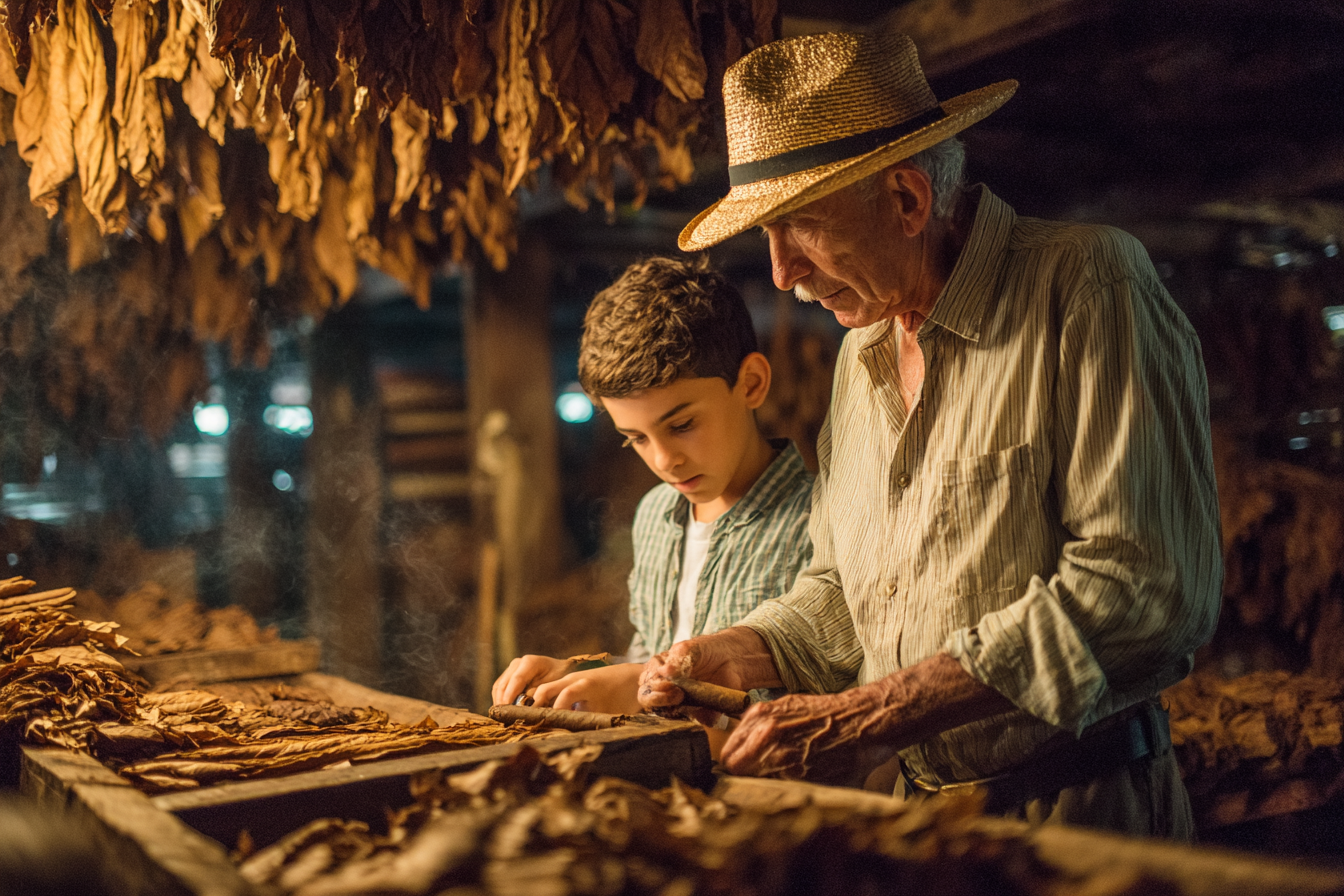
The introduction of Cuban cigars to European aristocracy during the 18th and 19th centuries transformed cigar smoking from colonial commerce to aristocratic pleasure. European refinement of cigar culture established many of the rituals, etiquette, and appreciation methods that continue to define premium cigar consumption today.
The patronage of European royalty and nobility provided crucial endorsements that elevated cigar smoking to social respectability among the upper classes. King Edward VII’s famous declaration that “a good cigar is a smoke” following his coronation helped establish cigar smoking as an acceptable pastime for gentlemen of distinction. This royal endorsement created aspirational value that premium cigar brands continue to leverage in their marketing narratives.
European cigar culture introduced sophisticated appreciation methods that emphasized the sensory aspects of cigar smoking. The development of proper cutting techniques, lighting rituals, and smoking etiquette created a framework for connoisseurship that distinguished premium cigar consumption from common tobacco use. These cultural refinements provided luxury cigar brands with narrative elements that emphasize sophistication and exclusivity.
The establishment of gentlemen’s clubs and smoking rooms in European capitals created social contexts where cigar smoking became associated with intellectual discourse and business networking. These venues provided cultural validation for cigar consumption while creating aspirational environments that premium brands reference in their marketing to suggest sophistication and social status.
European colonial expansion spread cigar culture globally, establishing markets in Asia, Africa, and the Americas where local adaptations of European cigar etiquette merged with indigenous traditions. This global expansion created diverse cultural contexts that modern premium cigar brands leverage to appeal to international markets while maintaining their core heritage narratives.
Modern Heritage Development and Brand Authentication
Contemporary premium cigar brands have developed sophisticated approaches to heritage marketing that balance historical authenticity with modern relevance. These brands invest heavily in documenting their origins, preserving traditional methods, and creating narratives that connect consumers to centuries of cigar culture while addressing contemporary concerns about quality, authenticity, and social responsibility.
The documentation of traditional cigar-making techniques serves multiple purposes for premium brands, providing authenticity claims while educating consumers about the complexity and skill required for premium cigar production. Brands like Arturo Fuente and Padrón have created detailed records of their manufacturing processes, family histories, and quality standards that support their premium positioning while providing material for marketing narratives.
Heritage marketing in the premium cigar industry often emphasizes family traditions and multi-generational knowledge transfer. Brands highlight the personal stories of master cigar makers, their families, and the communities where their cigars are produced. This personal dimension creates emotional connections that transcend typical product marketing, establishing relationships between consumers and the craftsmen who create their cigars.
The preservation of traditional tobacco varieties and cultivation methods provides another dimension of heritage marketing for premium cigar brands. Brands that maintain heirloom tobacco seeds, traditional farming techniques, and historical fermentation methods can claim authenticity that justifies premium pricing while appealing to consumers who value tradition and craftsmanship.
Modern heritage development also includes the creation of brand museums, visitor centers, and educational programs that provide consumers with immersive experiences of cigar culture and history. These initiatives serve both marketing and educational purposes, creating brand loyalty while generating revenue through tourism and retail sales.
Artisanal Craftsmanship and Terroir
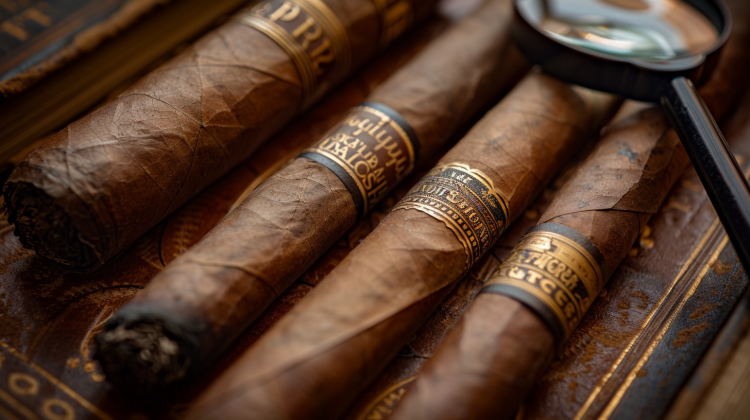
The concept of terroir, borrowed from wine culture, has become central to premium cigar marketing, emphasizing how soil, climate, and traditional cultivation methods create unique flavor profiles that cannot be replicated elsewhere. This focus on terroir provides luxury cigar brands with compelling narratives about authenticity, quality, and exclusivity that support premium pricing strategies.
Tobacco Cultivation and Agricultural Excellence
Premium cigar tobacco cultivation represents one of the most sophisticated forms of agricultural craftsmanship, where factors including soil composition, climate conditions, and traditional farming methods combine to create tobacco of exceptional quality and complexity. The cultivation process for premium cigar tobacco requires years of expertise and constant attention to detail, creating natural scarcity that supports luxury positioning.
The selection and preparation of tobacco seeds represents the foundation of premium cigar quality, with the finest brands maintaining genetic libraries of heirloom varieties that have been cultivated for generations. These seed collections, often guarded as trade secrets, provide genetic diversity that creates unique flavor profiles while maintaining consistency across different growing seasons and environmental conditions.
Soil preparation for premium tobacco cultivation involves complex processes that can take multiple years to complete. The finest cigar-producing regions maintain soil composition through traditional methods including organic composting, mineral supplementation, and careful pH balance management. These agricultural practices create the foundation for tobacco plants that develop the complex flavors and aromatic properties that distinguish premium cigars.
The growing process for premium cigar tobacco requires constant monitoring and adjustment, with experienced farmers making daily decisions about irrigation, fertilization, and pest management. The use of shade cloth in Connecticut and Ecuador creates controlled growing environments that produce wrapper leaves of exceptional quality, while sun-grown tobaccos develop the strength and flavor complexity required for premium filler blends.
Harvesting premium tobacco requires skilled labor and precise timing, with leaves picked at optimal maturity to ensure proper fermentation and aging potential. The priming process, where leaves are harvested in stages as they mature, requires experienced judgment to select leaves at their peak quality. This labor-intensive process creates natural limitations on production volume while ensuring consistent quality.
The fermentation process for premium cigar tobacco involves complex biological processes that can take months to complete. Master fermentation specialists monitor temperature, humidity, and bacterial activity to guide the fermentation process, which develops the flavors and reduces the harsh elements that distinguish premium tobacco from lower-quality alternatives.
Master Craftsman Tradition and Skill Development
The creation of premium cigars requires master craftsmen whose skills are developed over decades of training and practice. These artisans, known as torcedores, represent the human element that distinguishes luxury cigars from mass-produced alternatives. Their expertise in tobacco blending, cigar construction, and quality control creates the foundation for premium cigar brands’ claims of superior craftsmanship.
The training process for master torcedores traditionally involves apprenticeships lasting three to five years, during which students learn the complex skills required for premium cigar production. This extensive training period creates natural limitations on the supply of skilled craftsmen while ensuring that traditional techniques are preserved and transmitted to new generations.
The blending process for premium cigars requires master blenders who can create complex flavor profiles by combining different tobacco varieties, regions, and aging levels. These specialists develop their palates over decades of experience, enabling them to create consistent blends that maintain brand characteristics while adapting to variations in tobacco quality and availability.
The construction process for premium cigars involves numerous skilled techniques that affect the smoking experience, including proper bunch formation, wrapper application, and cap construction. Master torcedores can produce cigars with perfect draw, even burn, and consistent flavor delivery, skills that require years of practice to master and constant attention to maintain.
Quality control in premium cigar production involves multiple levels of inspection and testing, with master craftsmen evaluating each cigar for construction quality, appearance, and smoking characteristics. This quality control process creates natural limitations on production volume while ensuring that every cigar meets the standards required for premium positioning.
The preservation of traditional techniques while adapting to modern quality standards represents an ongoing challenge for premium cigar brands. Master craftsmen must balance respect for traditional methods with the need to meet contemporary consumer expectations for consistency and quality, creating a dynamic tension that drives innovation within traditional frameworks.
Innovation Within Traditional Frameworks
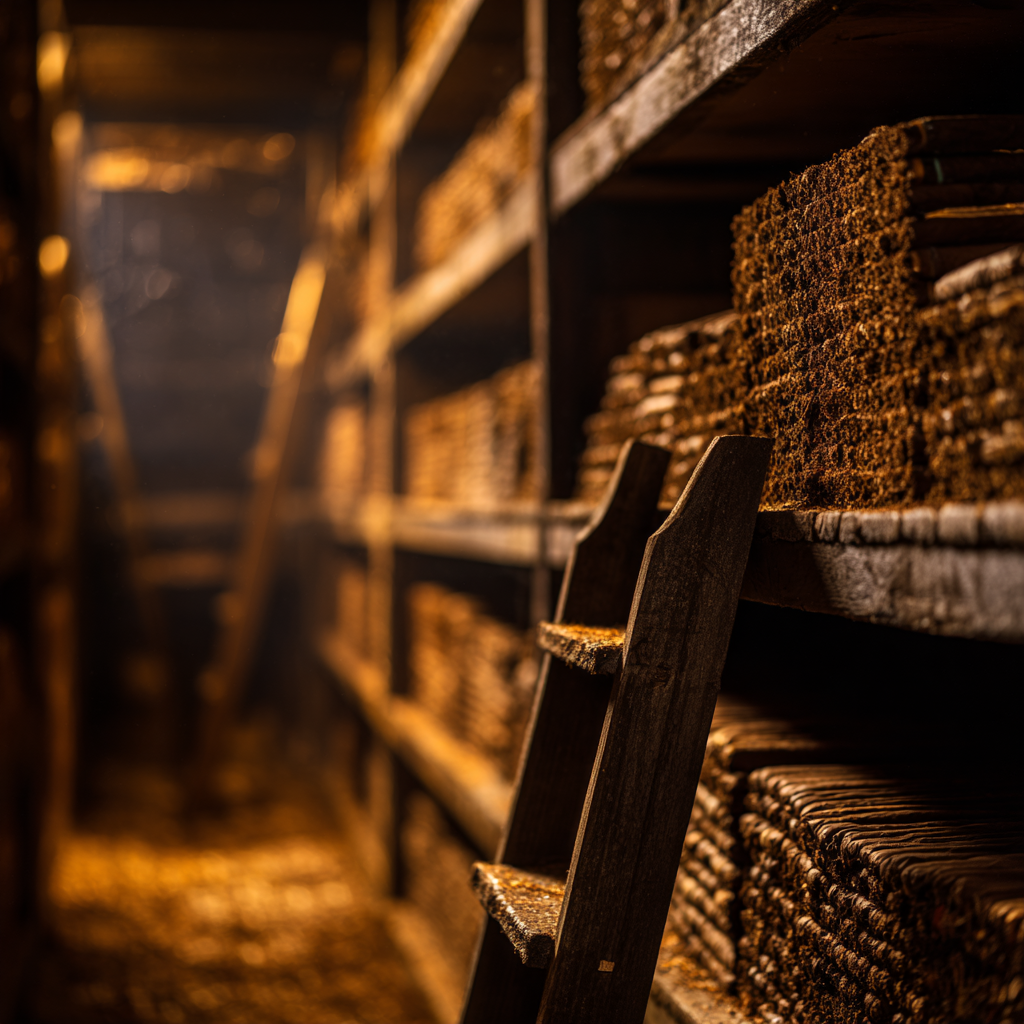
Premium cigar brands have developed sophisticated approaches to innovation that enhance traditional methods without compromising their authentic character. These innovations often focus on improving consistency, developing new flavor profiles, and creating unique smoking experiences while maintaining the handcrafted character that defines luxury cigars.
The development of new fermentation techniques allows premium cigar brands to create unique flavor profiles while maintaining traditional quality standards. Innovations in temperature control, humidity management, and fermentation duration enable master blenders to develop complex flavors that distinguish their products from competitors.
Advanced aging techniques, including the use of vintage tobaccos and extended aging periods, create opportunities for premium brands to develop ultra-premium products that justify exceptional pricing. These aging innovations often involve combinations of traditional and modern storage methods that optimize flavor development while maintaining quality.
The creation of limited edition and special release cigars allows premium brands to experiment with new techniques and tobacco varieties while maintaining their core product lines. These innovations provide opportunities for brand differentiation while generating excitement among collectors and enthusiasts.
Modern quality control techniques, including improved testing methods and statistical analysis, enable premium cigar brands to maintain consistency while preserving traditional manufacturing methods. These innovations help ensure that traditional craftsmanship meets contemporary quality expectations.
Signature Brand Narratives
Premium cigar brands have developed distinctive storytelling approaches that transform individual products into cultural narratives, connecting consumers to heritage, craftsmanship, and lifestyle aspirations. These brand narratives serve multiple purposes, differentiating products in competitive markets while creating emotional connections that justify premium pricing.
Legendary Cuban Heritage Brands
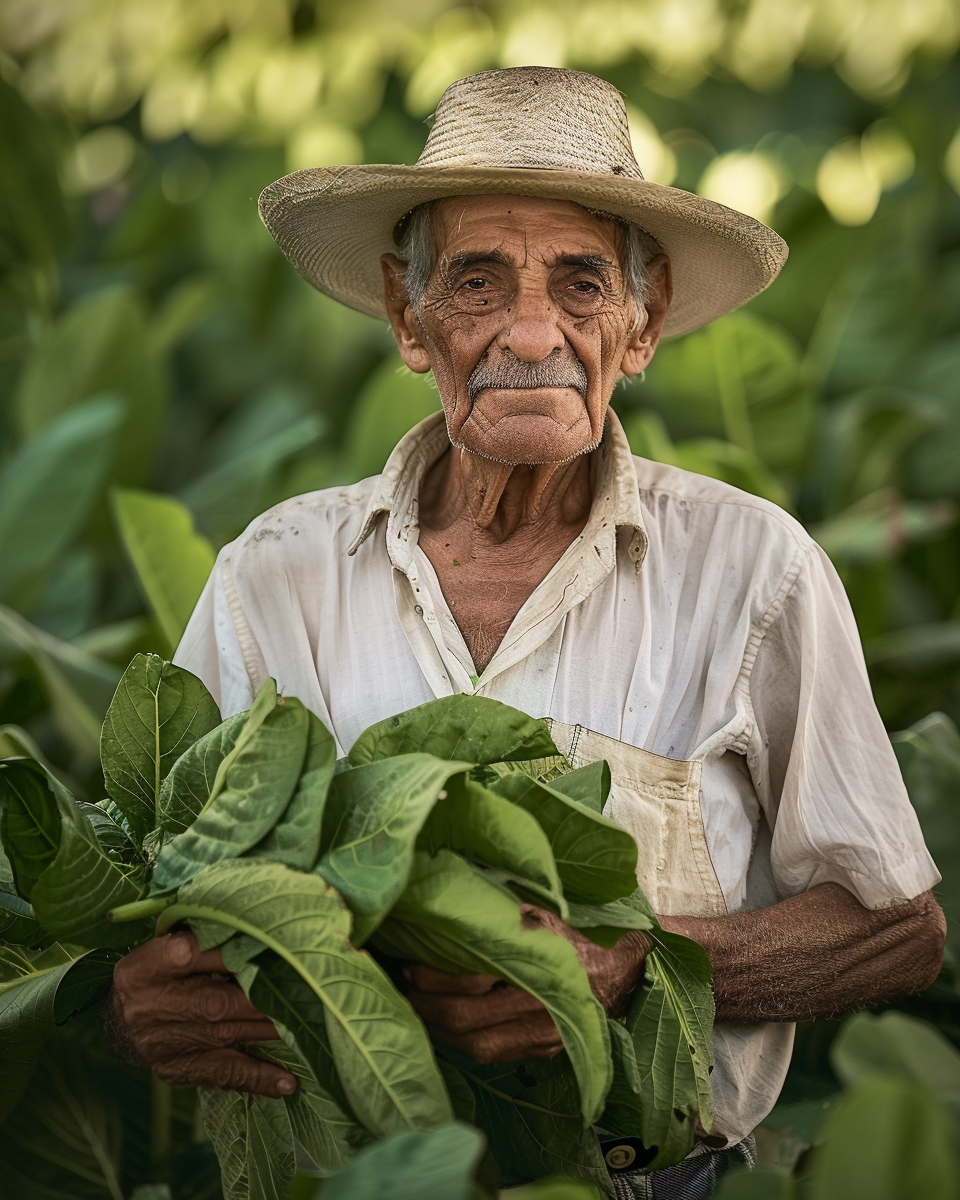
Cuban cigar brands represent the pinnacle of premium cigar heritage, with names like Cohiba, Montecristo, and Romeo y Julieta carrying cultural significance that transcends their product categories. These brands leverage their Cuban origins to create narratives about authenticity, tradition, and uncompromising quality that resonate with consumers worldwide.
Cohiba’s brand narrative emphasizes its origins as the personal cigar of Fidel Castro, creating a story of exclusivity and political significance that appeals to consumers seeking products with historical gravitas. The brand’s marketing consistently references its role in Cuban history while emphasizing the superior quality that made it worthy of serving the revolutionary leadership.
Montecristo builds its narrative around the Alexandre Dumas novel “The Count of Monte Cristo,” creating literary associations that appeal to consumers who appreciate cultural sophistication. The brand’s marketing references themes of adventure, revenge, and ultimate triumph that resonate with aspirational consumers seeking products that reflect their own life narratives.
Romeo y Julieta leverages the world’s most famous love story to create romantic associations that appeal to consumers seeking products that enhance their personal relationships. The brand’s marketing emphasizes passion, romance, and timeless love, creating emotional connections that extend beyond the smoking experience.
These heritage brands face unique challenges in maintaining their narratives while adapting to contemporary market conditions. Political restrictions, supply limitations, and authenticity concerns require sophisticated marketing approaches that preserve brand heritage while addressing modern consumer needs.
New World Excellence and Innovation
Non-Cuban premium cigar brands have developed narratives that emphasize innovation, quality, and new world excellence while respecting traditional cigar culture. These brands often focus on their ability to combine traditional techniques with modern innovations, creating products that honor cigar heritage while meeting contemporary consumer expectations.
Arturo Fuente represents one of the most successful new world premium cigar brands, with narratives that emphasize family tradition, quality obsession, and Dominican excellence. The brand’s marketing consistently highlights the Fuente family’s commitment to quality, their investment in tobacco cultivation, and their role in establishing the Dominican Republic as a premium cigar-producing region.
Padrón cigars build their narrative around Nicaraguan heritage and family tradition, emphasizing their role in preserving traditional Cuban techniques while developing distinctly Nicaraguan character. The brand’s marketing highlights the Padrón family’s journey from Cuba to Nicaragua and their commitment to maintaining traditional methods while adapting to new environments.
Davidoff represents European sophistication and international luxury, with narratives that emphasize refinement, consistency, and global appeal. The brand’s marketing leverages its Swiss heritage and international distribution to create associations with precision, quality, and cosmopolitan sophistication.
These new world brands often emphasize their independence from political restrictions and their ability to innovate while maintaining traditional quality standards. This narrative of freedom and innovation appeals to consumers who value both tradition and progress.
Boutique Brands and Artisanal Excellence
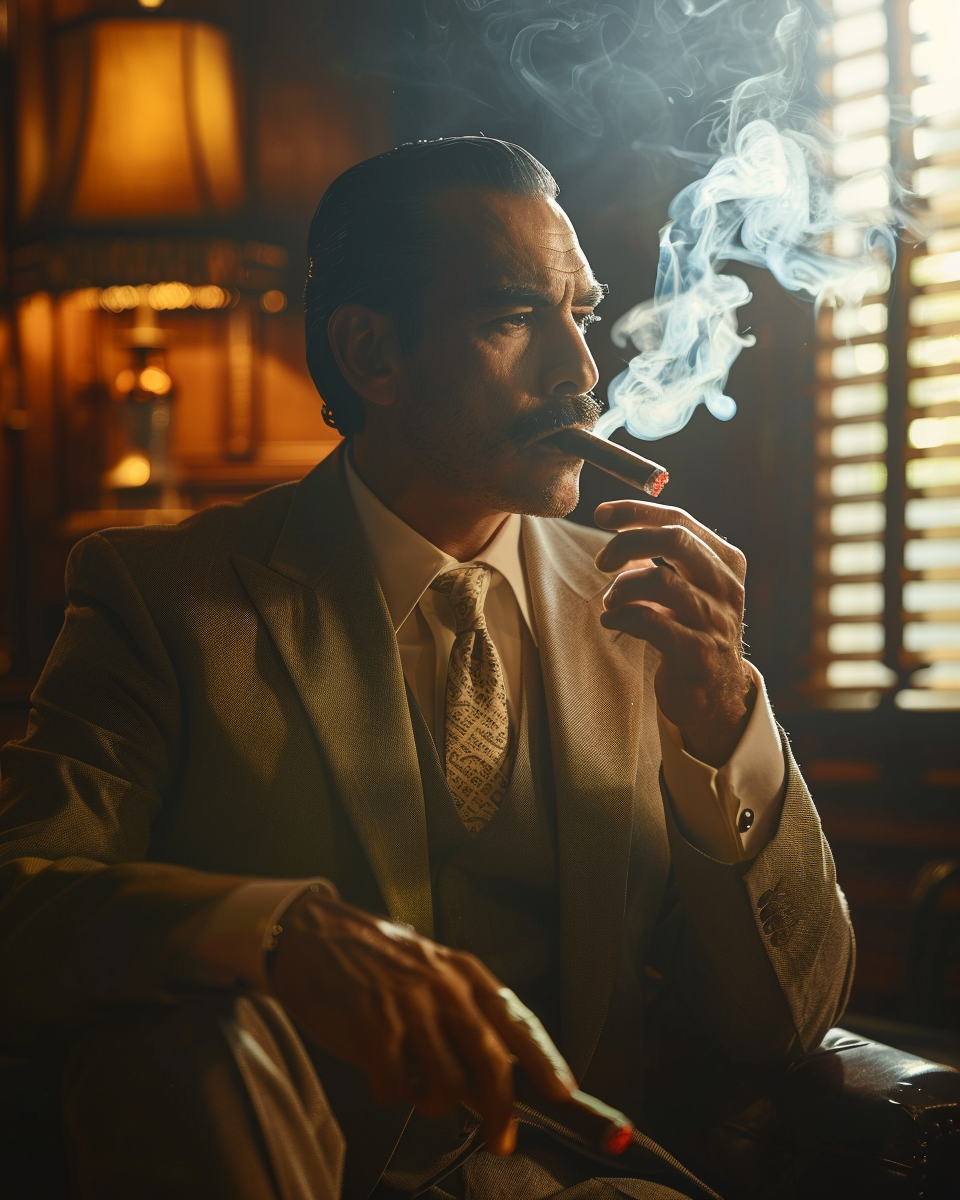
The emergence of boutique cigar brands has created new narratives that emphasize artisanal craftsmanship, limited production, and personalized attention. These brands often focus on their ability to create unique products that reflect the personal vision of their creators while maintaining the highest quality standards.
Boutique brands like Liga Privada and Opus X have developed narratives that emphasize exclusivity, innovation, and connoisseur appeal. These brands often highlight their limited production volumes, unique tobacco blends, and the personal involvement of their creators in every aspect of production.
The storytelling approach of boutique brands often emphasizes the personal journey of their founders, their passion for cigar craftsmanship, and their commitment to creating products that reflect their individual vision. These personal narratives create emotional connections that distinguish boutique brands from larger manufacturers.
Boutique brands frequently emphasize their relationships with skilled craftsmen, their investment in traditional techniques, and their commitment to quality over quantity. These narratives appeal to consumers who value authenticity and personal connection in their luxury purchases.
The limited availability of boutique cigars creates natural scarcity that supports premium pricing while generating excitement among collectors and enthusiasts. This scarcity narrative becomes part of the brand’s identity, creating desirability through exclusivity.
Visual Storytelling and Brand Identity
Premium cigar brands have developed sophisticated visual languages that communicate heritage, quality, and exclusivity through every aspect of their presentation. From band design and box construction to packaging materials and visual marketing, these brands create comprehensive aesthetic experiences that reinforce their narrative positioning.
Traditional Cigar Band Artistry
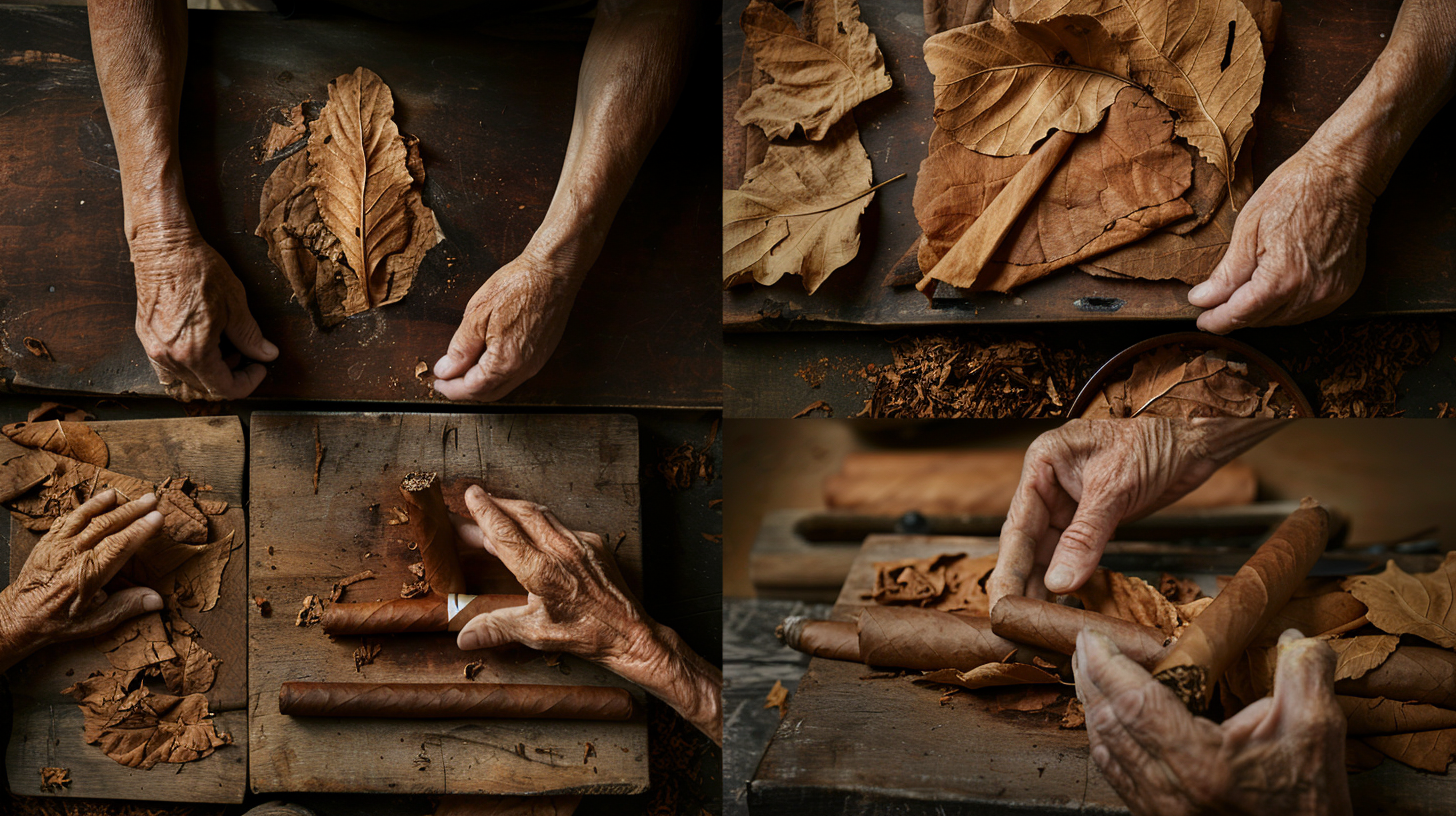
Cigar bands represent one of the most important elements of premium cigar branding, serving as miniature artworks that communicate brand identity while providing practical identification. The design and production of cigar bands requires skilled artisans who combine traditional printing techniques with contemporary design principles to create distinctive brand signatures.
The historical development of cigar bands reflects the evolution of premium cigar culture, with early bands serving primarily as identification tools before evolving into sophisticated marketing devices. The finest premium cigar bands now incorporate gold leaf, embossing, and complex color schemes that create tactile and visual experiences worthy of luxury positioning.
The design elements of premium cigar bands often incorporate heraldic symbols, architectural motifs, and cultural references that reinforce brand narratives. These design choices create visual connections to heritage, sophistication, and cultural significance that support premium pricing strategies.
The production process for premium cigar bands involves specialized printing techniques that create unique textures, colors, and finishes. The use of traditional letterpress printing, hand-applied gold leaf, and custom paper stocks creates artisanal quality that distinguishes premium bands from mass-produced alternatives.
The collection and appreciation of cigar bands has become a specialized hobby among enthusiasts, creating additional value for brands that invest in distinctive band design. This collector culture provides premium brands with opportunities to create limited edition and special release bands that generate excitement and collectible value.
Luxury Packaging and Presentation
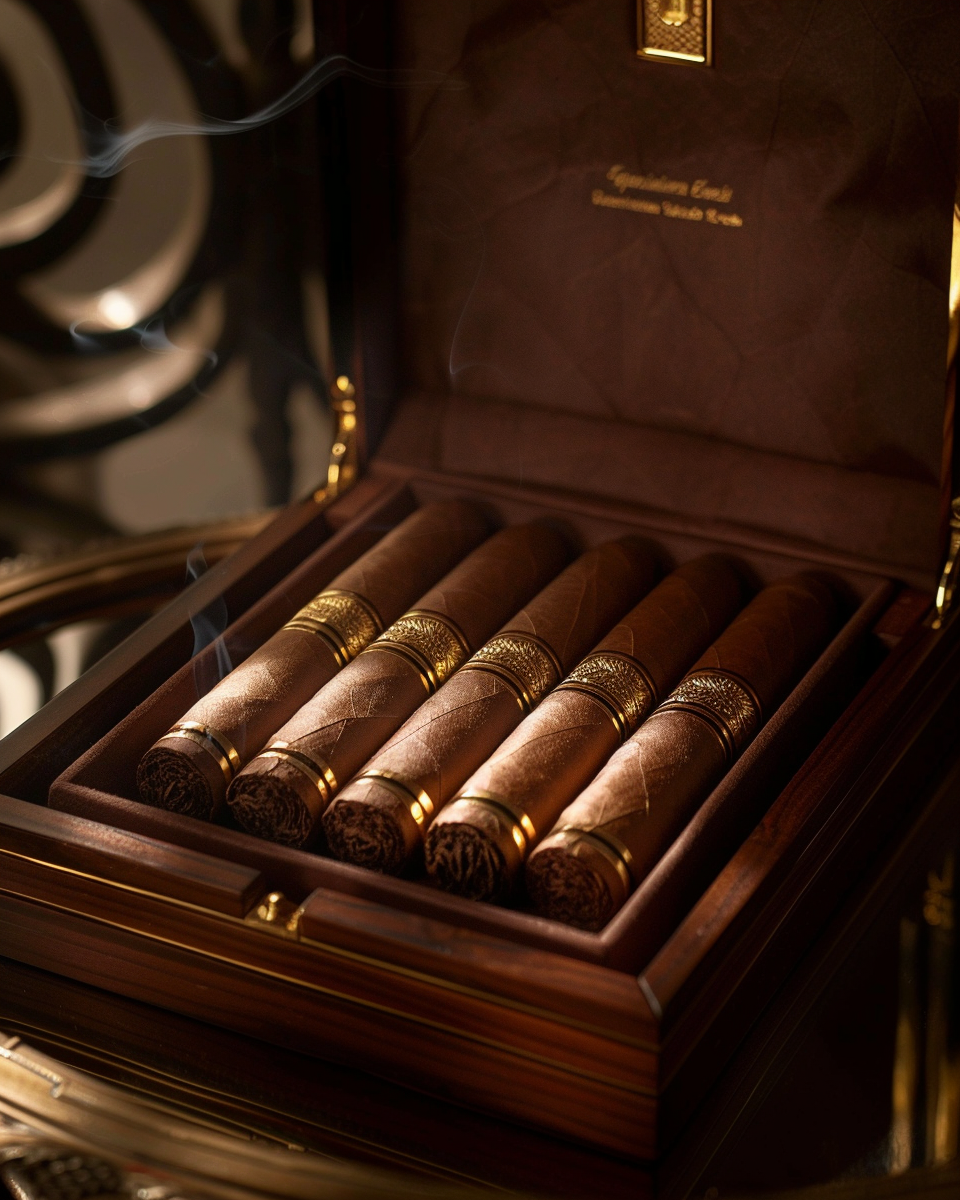
The packaging of premium cigars represents a crucial element of brand storytelling, with luxury brands investing heavily in materials, construction, and presentation that reflect their positioning. Premium cigar packaging serves multiple purposes, protecting the product while creating unboxing experiences that reinforce brand values and justify premium pricing.
Traditional cedar boxes remain the standard for premium cigar packaging, with brands investing in high-quality cedar, traditional construction techniques, and sophisticated finishing processes. The use of aged cedar provides functional benefits for cigar storage while creating aromatic experiences that enhance the overall brand experience.
The construction of premium cigar boxes involves skilled craftsmen who create precise joints, smooth finishes, and reliable closing mechanisms. The attention to detail in box construction reflects the brand’s commitment to quality while creating functional storage solutions that consumers value long after the cigars are consumed.
The decoration of premium cigar boxes often incorporates traditional printing techniques, gold leaf application, and hand-applied elements that create unique visual experiences. These decorative elements serve as brand signatures while creating collectible objects that extend the brand experience beyond cigar consumption.
The development of alternative packaging formats, including travel cases, gift sets, and display boxes, provides premium brands with opportunities to create specialized presentations for different occasions and consumer needs. These packaging innovations allow brands to adapt their presentation while maintaining their core aesthetic identity.
Digital Brand Presence and Modern Marketing
Premium cigar brands have adapted their traditional visual languages to digital platforms while maintaining their sophisticated aesthetic identity. The translation of traditional design elements to digital formats requires careful consideration of how heritage brands can maintain their authenticity while engaging with contemporary consumers.
Social media marketing for premium cigar brands focuses on lifestyle imagery, craftsmanship documentation, and cultural associations that reinforce brand narratives. The visual content strategy emphasizes quality, sophistication, and exclusivity while avoiding the promotional approaches that might diminish luxury positioning.
The documentation of traditional craftsmanship through video content provides premium brands with opportunities to educate consumers about the complexity and skill required for premium cigar production. These educational approaches create appreciation for quality while supporting premium pricing through transparency.
The creation of digital experiences that complement physical products allows premium brands to extend their storytelling beyond traditional marketing channels. Virtual tours, interactive content, and digital communities create ongoing engagement that reinforces brand relationships.
The integration of traditional and digital marketing approaches requires careful balance to maintain brand authenticity while reaching contemporary consumers. Premium cigar brands must navigate this balance while preserving the traditional elements that define their identity.
Exclusive Experiences and Community Building
Premium cigar brands have developed sophisticated approaches to community building that create exclusive experiences for their consumers while reinforcing brand loyalty. These experiential marketing strategies transform product consumption into lifestyle participation, creating deeper emotional connections that support premium pricing and brand advocacy.
Private Cigar Lounges and Smoking Clubs
The creation of exclusive smoking environments has become a crucial element of premium cigar marketing, with brands investing in luxurious lounges and private clubs that provide sophisticated venues for cigar consumption. These spaces serve multiple purposes, creating brand experiences while providing social contexts that reinforce the cultural significance of premium cigars.
Premium cigar lounges are designed as sophisticated environments that reflect brand values while providing comfortable spaces for extended smoking sessions. The interior design often incorporates traditional elements like leather furnishings, wood paneling, and subdued lighting that create aristocratic atmospheres reminiscent of traditional gentleman’s clubs.
The programming of cigar lounges includes educational events, tastings, and social gatherings that create ongoing engagement with brand communities. These events provide opportunities for consumer education while creating social contexts where cigar smoking becomes part of broader lifestyle experiences.
The membership structures of exclusive cigar clubs create natural exclusivity that appeals to consumers seeking distinctive experiences. These membership programs often include benefits like cigar storage, exclusive access to limited editions, and personalized service that create additional value beyond the physical products.
The staff training for premium cigar lounges emphasizes both product knowledge and service excellence, with employees educated about cigar craftsmanship, proper smoking techniques, and brand histories. This expertise creates educational experiences that enhance consumer appreciation while supporting premium positioning.
Cigar Dinners and Pairing Events
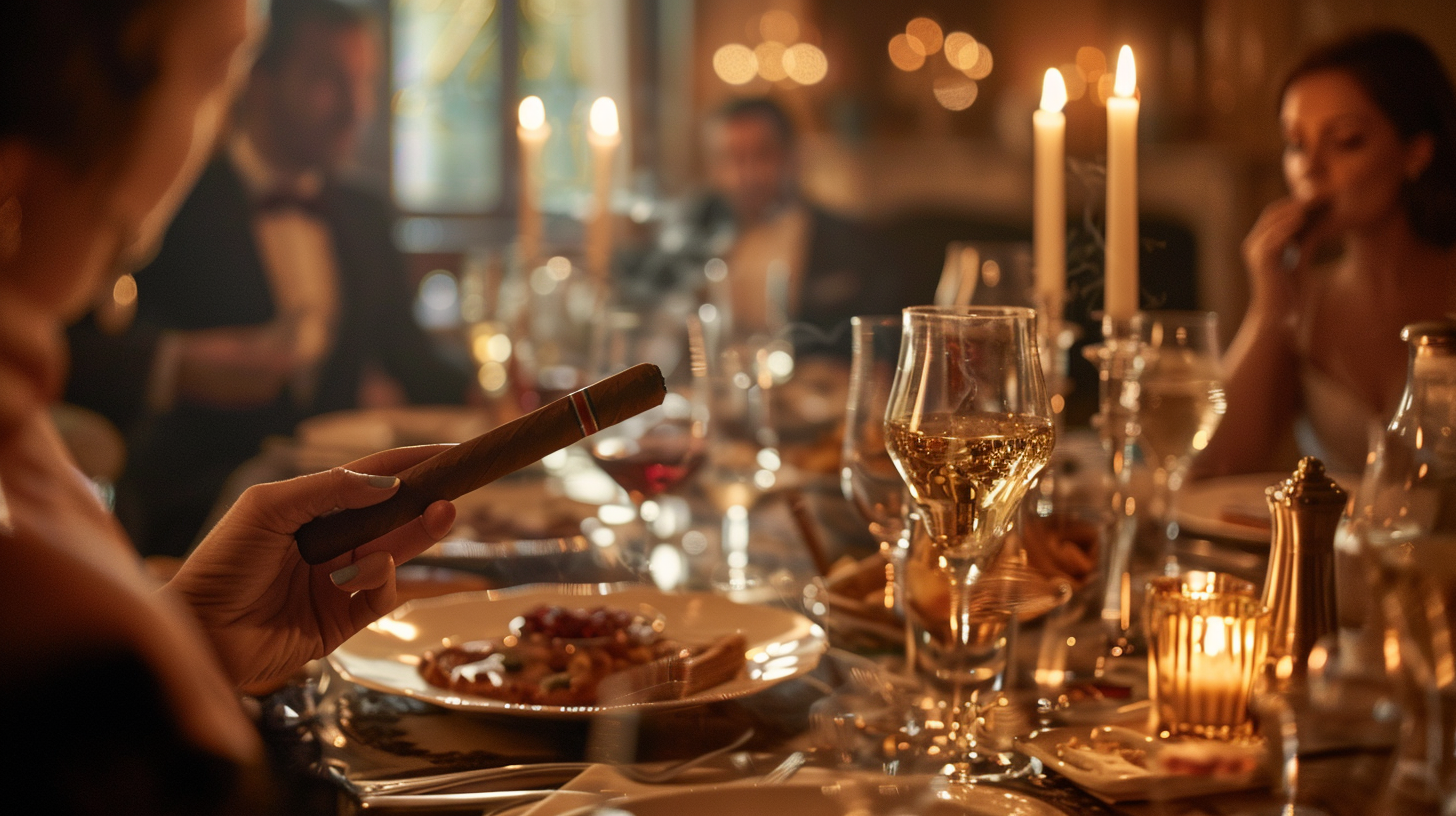
The development of cigar and food pairing events has created sophisticated entertaining formats that elevate cigar consumption to culinary experiences. These events combine premium cigars with fine dining, wine, and spirits to create multi-sensory experiences that appeal to affluent consumers seeking unique entertainment options.
The planning of cigar dinners requires expertise in both culinary arts and cigar appreciation, with event organizers creating menus that complement specific cigar selections. These pairings often involve renowned chefs and beverage experts who create sophisticated combinations that enhance both the food and cigar experiences.
The educational component of cigar dinners includes presentations about tobacco cultivation, cigar construction, and proper appreciation techniques. These educational elements create value for participants while positioning the host brand as an authority on cigar culture and appreciation.
The social aspects of cigar dinners create networking opportunities among affluent consumers, with events often attracting business leaders, professionals, and enthusiasts who share interests in luxury experiences. These social connections create additional value for participants while building brand communities.
The documentation and promotion of cigar dinners through social media and traditional marketing channels creates aspirational content that appeals to consumers seeking exclusive experiences. The visual documentation of these events reinforces brand positioning while creating desire for participation.
Collector Programs and Limited Editions
The creation of collector programs and limited edition releases has become a sophisticated marketing strategy for premium cigar brands, creating exclusivity and scarcity that drive demand among enthusiasts. These programs often combine product releases with exclusive experiences and community building activities.
The development of limited edition cigars requires significant investment in unique tobacco blends, special packaging, and marketing campaigns that create excitement and justify premium pricing. These releases often commemorate special occasions, celebrate brand milestones, or showcase exceptional tobacco harvests.
The collector programs offered by premium brands often include benefits like priority access to limited editions, exclusive events, and personalized service that create additional value for loyal customers. These programs create ongoing engagement while providing brands with valuable customer data and feedback.
The marketing of limited edition cigars emphasizes scarcity, exclusivity, and collectible value, with brands creating narratives that position these products as investments rather than consumables. This positioning appeals to collectors who value both the smoking experience and the potential appreciation of rare cigars.
The authentication and certification of limited edition cigars has become increasingly important as counterfeit products threaten brand integrity. Premium brands invest in security features, documentation, and tracking systems that protect consumers while maintaining brand authenticity.
Cultural Significance and Modern Relevance
Premium cigar culture has evolved to address contemporary concerns about health, social responsibility, and cultural relevance while maintaining its traditional character. This evolution requires sophisticated approaches to brand positioning that acknowledge modern realities while preserving the elements that define luxury cigar culture.
Social Responsibility and Sustainable Practices
The premium cigar industry has developed comprehensive approaches to social responsibility that address concerns about labor conditions, environmental impact, and community development. These initiatives serve both ethical and marketing purposes, appealing to conscious consumers while supporting brand authenticity.
The implementation of fair labor practices in cigar production has become increasingly important for premium brands, with companies investing in worker education, healthcare, and community development programs. These initiatives create positive social impact while providing marketing narratives that appeal to socially conscious consumers.
The development of sustainable tobacco cultivation practices addresses environmental concerns while potentially improving tobacco quality. These practices often include organic farming methods, soil conservation, and biodiversity protection that create environmental benefits while supporting premium positioning.
The support for tobacco farming communities through education, healthcare, and economic development programs creates positive social impact while ensuring stable supply chains. These community investment programs often become central elements of brand storytelling, demonstrating corporate values while building stakeholder relationships.
The transparency and documentation of social responsibility initiatives provide premium brands with authentic narratives that resonate with contemporary consumers. The communication of these initiatives requires careful balance to avoid appearing promotional while genuinely demonstrating corporate commitment to social responsibility.
Health Consciousness and Responsible Consumption
The premium cigar industry has developed nuanced approaches to health consciousness that acknowledge the risks of tobacco consumption while maintaining the cultural significance of cigar appreciation. These approaches often emphasize moderation, quality, and ritualistic consumption that distinguishes premium cigars from other tobacco products.
The education of consumers about responsible cigar consumption has become an important element of premium brand marketing, with companies providing information about proper smoking techniques, frequency guidelines, and health considerations. This educational approach demonstrates corporate responsibility while positioning brands as authorities on cigar culture.
The development of premium cigar culture that emphasizes occasional consumption and special occasions creates narrative frameworks that address health concerns while maintaining product relevance. These approaches often position cigars as celebratory products rather than daily consumables.
The investment in tobacco research and quality improvement has enabled premium brands to create products that provide better smoking experiences while potentially reducing harmful elements. These quality improvements often become marketing messages that demonstrate corporate commitment to consumer welfare.
The collaboration with healthcare organizations and research institutions provides premium brands with credible approaches to health communication that acknowledge risks while maintaining product positioning. These partnerships often result in educational materials that help consumers make informed decisions about cigar consumption.
Cultural Adaptation and Global Appeal
Premium cigar brands have developed sophisticated approaches to cultural adaptation that enable global expansion while maintaining their authentic character. These approaches often involve localization of marketing messages, adaptation of retail formats, and development of culturally relevant experiences.
The adaptation of cigar culture to different regulatory environments requires flexible approaches that maintain brand integrity while complying with local laws and customs. These adaptations often result in innovative retail formats, alternative marketing strategies, and modified product presentations.
The development of cultural partnerships and collaborations allows premium brands to establish credibility in new markets while demonstrating respect for local traditions. These partnerships often involve local artisans, cultural institutions, and community leaders who provide authentic connections to new consumer segments.
The creation of regionally specific products and experiences allows premium brands to demonstrate cultural sensitivity while creating unique offerings for different markets. These regional adaptations often incorporate local materials, techniques, and cultural references that create authentic connections with local consumers.
The education of international consumers about cigar culture requires sophisticated approaches that respect cultural differences while maintaining the essential elements of traditional cigar appreciation. These educational initiatives often involve cultural exchange programs, international events, and cross-cultural collaborations.
Impact and Market Position
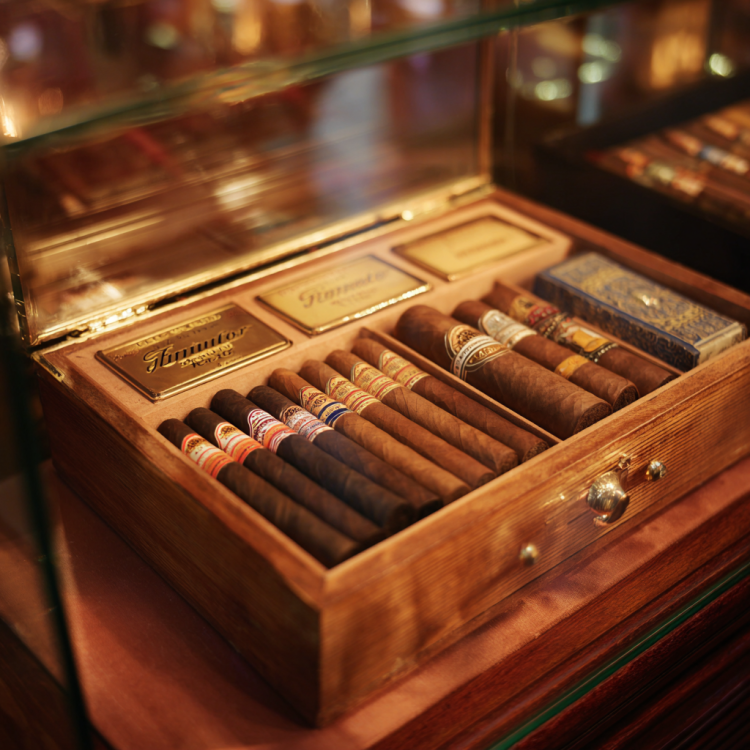
The premium cigar industry has achieved remarkable success in maintaining luxury positioning while adapting to contemporary market conditions. This success demonstrates the effectiveness of heritage-based marketing strategies that combine traditional craftsmanship with modern business practices.
Market Leadership and Brand Recognition
Premium cigar brands have achieved exceptional brand recognition and market leadership through consistent quality delivery and sophisticated marketing strategies. The industry’s ability to maintain luxury positioning while expanding global reach demonstrates the effectiveness of heritage-based brand development.
The global premium cigar market has grown significantly over the past decade, with luxury brands capturing increasing market share through premium positioning and exclusive distribution strategies. This growth demonstrates consumer appetite for authentic luxury experiences that justify premium pricing.
The brand recognition achieved by premium cigar brands often extends beyond their immediate product categories, with names like Cohiba, Montecristo, and Davidoff achieving cultural significance that transcends cigar consumption. This cultural recognition creates additional value that supports premium positioning and brand extension opportunities.
The market leadership of premium cigar brands reflects their ability to create compelling narratives that resonate with affluent consumers seeking authentic luxury experiences. These brands have successfully positioned themselves as cultural institutions rather than mere product manufacturers.
The international expansion of premium cigar brands demonstrates the universal appeal of quality craftsmanship and cultural authenticity. These brands have successfully adapted their core narratives to diverse cultural contexts while maintaining their essential character.
Consumer Loyalty and Premium Pricing Success
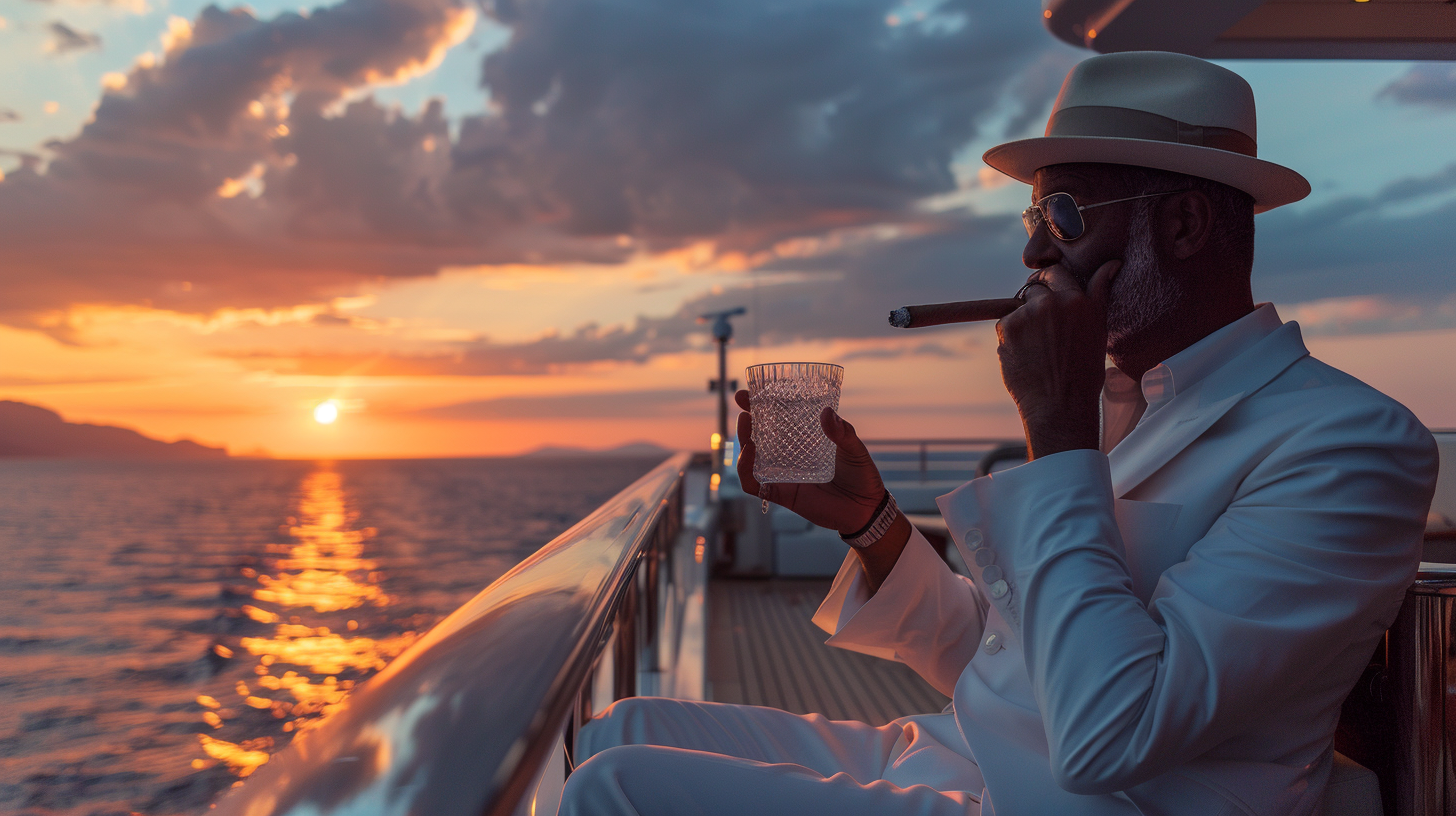
Premium cigar brands have achieved exceptional consumer loyalty through superior product quality and sophisticated brand experiences. The industry’s ability to maintain premium pricing while growing consumer base demonstrates the effectiveness of value-based marketing strategies.
The lifetime value of premium cigar customers often significantly exceeds industry averages, with loyal consumers demonstrating consistent purchasing patterns and brand advocacy. This loyalty reflects the emotional connections created through quality products and brand experiences.
The pricing strategies employed by premium cigar brands demonstrate sophisticated understanding of luxury consumer psychology, with successful brands achieving price premiums that reflect perceived value rather than production costs. These pricing strategies often emphasize investment value and collectible potential.
The customer retention achieved by premium cigar brands reflects their ability to create ongoing value through product quality, customer service, and community building. These retention strategies often involve personalized service, exclusive access, and customized experiences that create lasting relationships.
The word-of-mouth marketing generated by satisfied premium cigar customers creates organic brand advocacy that supports premium positioning while reducing marketing costs. This advocacy often involves personal recommendations, social media sharing, and community building that extends brand reach.
Future Outlook and Industry Evolution
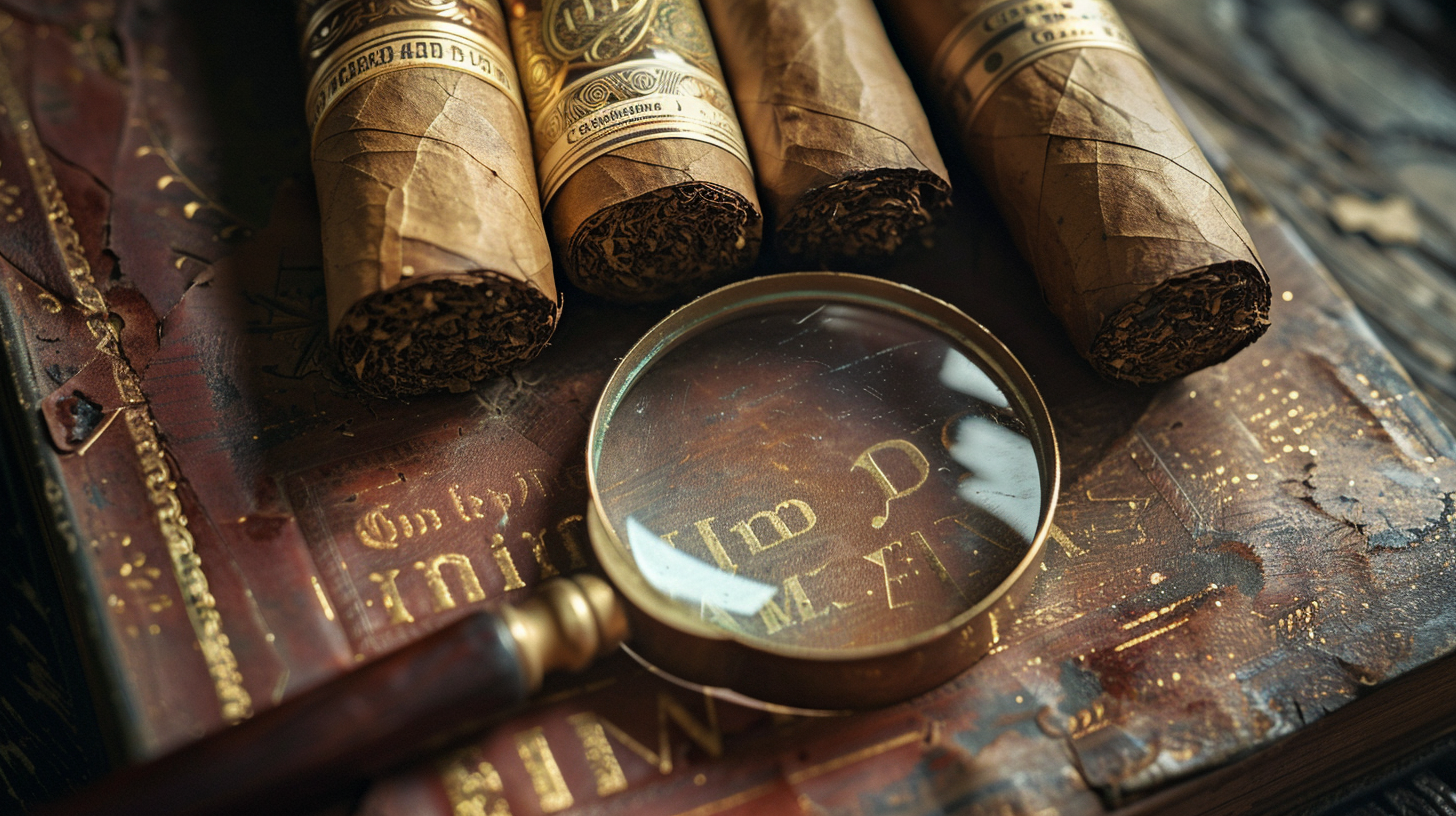
The premium cigar industry continues to evolve while maintaining its traditional character, with brands adapting to changing consumer preferences and regulatory environments. This evolution demonstrates the industry’s resilience and adaptability while preserving the elements that define luxury cigar culture.
The development of new tobacco growing regions and production techniques creates opportunities for innovation while maintaining traditional quality standards. These developments often result in new products and experiences that expand brand portfolios while preserving core identities.
The integration of technology into traditional cigar production and marketing creates opportunities for efficiency improvements and enhanced customer experiences. These technological adaptations often focus on quality control, customer service, and marketing effectiveness while preserving traditional craftsmanship.
The expansion into new consumer segments and global markets provides growth opportunities for premium cigar brands while requiring adaptation of traditional marketing approaches. These expansions often involve cultural adaptation, regulatory compliance, and market education that test brand flexibility.
The sustainability initiatives undertaken by premium cigar brands address contemporary concerns while potentially improving long-term business prospects. These initiatives often involve environmental protection, social responsibility, and community development that create positive impact while supporting brand authenticity.
Conclusion
The premium cigar industry’s success in maintaining luxury positioning while adapting to contemporary market conditions demonstrates the enduring power of heritage-based marketing strategies. Through sophisticated approaches to brand storytelling, craftsmanship documentation, and cultural significance, premium cigar brands have created compelling narratives that resonate with affluent consumers seeking authentic luxury experiences.
The industry’s ability to balance tradition with innovation, exclusivity with accessibility, and quality with sustainability provides valuable insights for other luxury industries. The success of premium cigar brands demonstrates that authentic heritage, superior craftsmanship, and cultural significance can create lasting competitive advantages in increasingly competitive luxury markets.
As the industry continues to evolve, the fundamental elements that define premium cigar culture—quality, tradition, and cultural significance—remain central to brand success. The brands that successfully navigate contemporary challenges while preserving these essential elements will continue to thrive in the luxury market while contributing to the preservation of this remarkable cultural tradition.
The future of premium cigar marketing will likely involve continued adaptation to changing consumer preferences and regulatory environments while maintaining the authentic character that defines luxury cigar culture. This evolution will require sophisticated approaches that honor tradition while embracing innovation, demonstrating that heritage-based luxury brands can successfully adapt to changing times while preserving their essential character.
Market Research and Industry Analysis
- Fact.MR (2024). Luxury Cigar Market Size, Share and Statistics – 2034. Retrieved from https://www.factmr.com/report/luxury-cigar-market
- Grand View Research (2023). Luxury Cigar Market Size, Share And Growth Report, 2030. Retrieved from https://www.grandviewresearch.com/industry-analysis/luxury-cigar-market-report
- Kings Research (2024). Luxury Cigar Market Size, Share & Growth Report- [2031]. Retrieved from https://www.kingsresearch.com/luxury-cigar-market-587
- Market Research Future (2024). Luxury Cigar Market Analysis | Size, Share, Industry, Report. Retrieved from https://www.marketresearchfuture.com/reports/luxury-cigar-market-11899
- Maximize Market Research (2024). Luxury Cigar Market Size, Share, Trends and Global Industry Analysis and Forecast (2024-2030). Retrieved from https://www.maximizemarketresearch.com/market-report/luxury-cigar-market/199507/
- Mordor Intelligence (2024). Cigar Market Analysis | Industry Report, Size & Trends Overview. Retrieved from https://www.mordorintelligence.com/industry-reports/cigar-market
- Polaris Market Research (2024). Luxury Cigar Market Size, Share, Global Analysis Report, 2024-2032. Retrieved from https://www.polarismarketresearch.com/industry-analysis/luxury-cigar-market
Heritage and Cultural Analysis
- Bowley, M. (2025). History of Cigars: From Ancient Traditions to Modern Luxury. Renegade Cigars. Retrieved from https://renegadecigars.com/blogs/news/the-history-of-cigars-from-ancient-traditions-to-modern-luxury
- Cigar Detective (2024). Cigar Culture: History, Rituals, and Global Significance. Retrieved from https://cigardetective.com/blogs/panthers-blog/cigar-culture-history-rituals-and-global-significance
- Cigar Studio (2024). Discover the Rich and Storied History of Cuban Cigars. Retrieved from https://cigarstudio.com/blogs/tobacco-blog/rich-and-storied-history-of-cuban-cigars
- Premium Cigars of Georgia (2024). Comprehensive Review of the Cigar Industry in 2024. Retrieved from https://premiumcigarsofgeorgia.com/cigar-industry-2024/
- Ralphs Cigars (2025). Cuban Heritage Cigar Brands: A Legacy of Tradition, Craftsmanship, and Flavor. Retrieved from https://ralphcigars.com/blogs/ralphs-cigars-blog-posts/cuban-heritage-cigar-brands-a-legacy-of-tradition-craftsmanship-and-flavor
Terroir and Craftsmanship
- Cigar Aficionado (2010). The Terroir of Cuban Cigars. Retrieved from https://www.cigaraficionado.com/article/the-terroir-of-cuban-cigars-57
- MOZSLY Official Blogs (2025). Cuban vs Dominican Cigars: Which Is Best for You? Retrieved from https://blog.mozsly.com/cuban-vs-dominican-cigars/
- Your Elegant Bar (2025). What Makes Cuban Cigars So Special? A Deep Dive into History, Craftsmanship, and Exclusivity. Retrieved from https://yourelegantbar.com/blogs/cigars/what-makes-cuban-cigars-so-special
Contemporary Trends and Boutique Brands
- CigarPlace.com (2025). 2025 Cigar Trends. Retrieved from https://www.cigarplace.biz/blog/2025-cigar-trends.html
- Market.us (2024). Cigar And Cigarillos Market Size, Share | CAGR of 2.8%. Retrieved from https://market.us/report/cigar-and-cigarillos-market/
Historical and Academic Sources
- Gately, I. (2001). Tobacco: A Cultural History of How an Exotic Plant Seduced Civilization. Grove Press.
- Hacker, R. (2007). The Ultimate Cigar Book: The Complete Guide to the World of Cigars. Skyhorse Publishing.
- Perelman, R. (1996). Perelman’s Pocket Cyclopedia of Cigars. Perelman, Pioneer & Company.
- Shanken, M. (1997). Cigar Aficionado’s Buying Guide to Premium Cigars. M. Shanken Communications.
Luxury Marketing and Brand Theory
- Kapferer, J.N. (2012). The New Strategic Brand Management: Advanced Insights and Strategic Thinking. Kogan Page.
- Nueno, J.L. & Quelch, J.A. (1998). The mass marketing of luxury. Business Horizons, 41(6), 61-68.
- Vigneron, F. & Johnson, L.W. (2004). Measuring perceptions of brand luxury. Journal of Brand Management, 11(6), 484-506.
- Wiedmann, K.P., Hennings, N., & Siebels, A. (2009). Value‐based segmentation of luxury consumption behavior. Psychology & Marketing, 26(7), 625-651.
Tobacco Industry and Regulation
- Eriksen, M., Mackay, J., & Ross, H. (2012). The Tobacco Atlas. American Cancer Society.
- Glantz, S.A., Slade, J., Bero, L.A., Hanauer, P., & Barnes, D.E. (1996). The Cigarette Papers. University of California Press.
- World Health Organization (2019). WHO Report on the Global Tobacco Epidemic, 2019: Offer Help to Quit Tobacco Use. World Health Organization.
Consumer Behavior and Luxury Consumption
- Dubois, B. & Duquesne, P. (1993). The market for luxury goods: Income versus culture. European Journal of Marketing, 27(1), 35-44.
- Mason, R.S. (2001). Conspicuous Consumption: A Study of Exceptional Consumer Behaviour. Gower Publishing.
- Silverstein, M.J. & Fiske, N. (2003). Luxury for the masses. Harvard Business Review, 81(4), 48-57.
Anthropological and Cultural Studies
- Bourdieu, P. (1984). Distinction: A Social Critique of the Judgement of Taste. Harvard University Press.
- Douglas, M. & Isherwood, B. (1979). The World of Goods: Towards an Anthropology of Consumption. Basic Books.
- McCracken, G. (1988). Culture and Consumption: New Approaches to the Symbolic Character of Consumer Goods and Activities. Indiana University Press.
Regional and Geographic Studies
- Stubbs, J. (1985). Tobacco on the Periphery: A Case Study in Cuban Labour History, 1860-1958. Cambridge University Press.
- Gott, R. (2004). Cuba: A New History. Yale University Press.
- Pérez, L.A. (2006). Cuba: Between Reform and Revolution. Oxford University Press.
Contemporary Industry Publications
- Cigar Aficionado Magazine (Various issues, 2020-2024)
- Cigar Journal (Various issues, 2020-2024)
- Halfwheel (Various articles, 2020-2024). Retrieved from https://halfwheel.com/
Valencia Jackson serves as Global Senior Director of Strategic Brand Strategy and Communications at AMW, where she specializes in brand development and audience engagement strategies. With her deep understanding of market trends and consumer behavior, Valencia helps clients craft authentic narratives that drive measurable business results. Her strategic methodology focuses on building sustainable client relationships through data-driven insights, creative innovation, and unwavering commitment to excellence.

